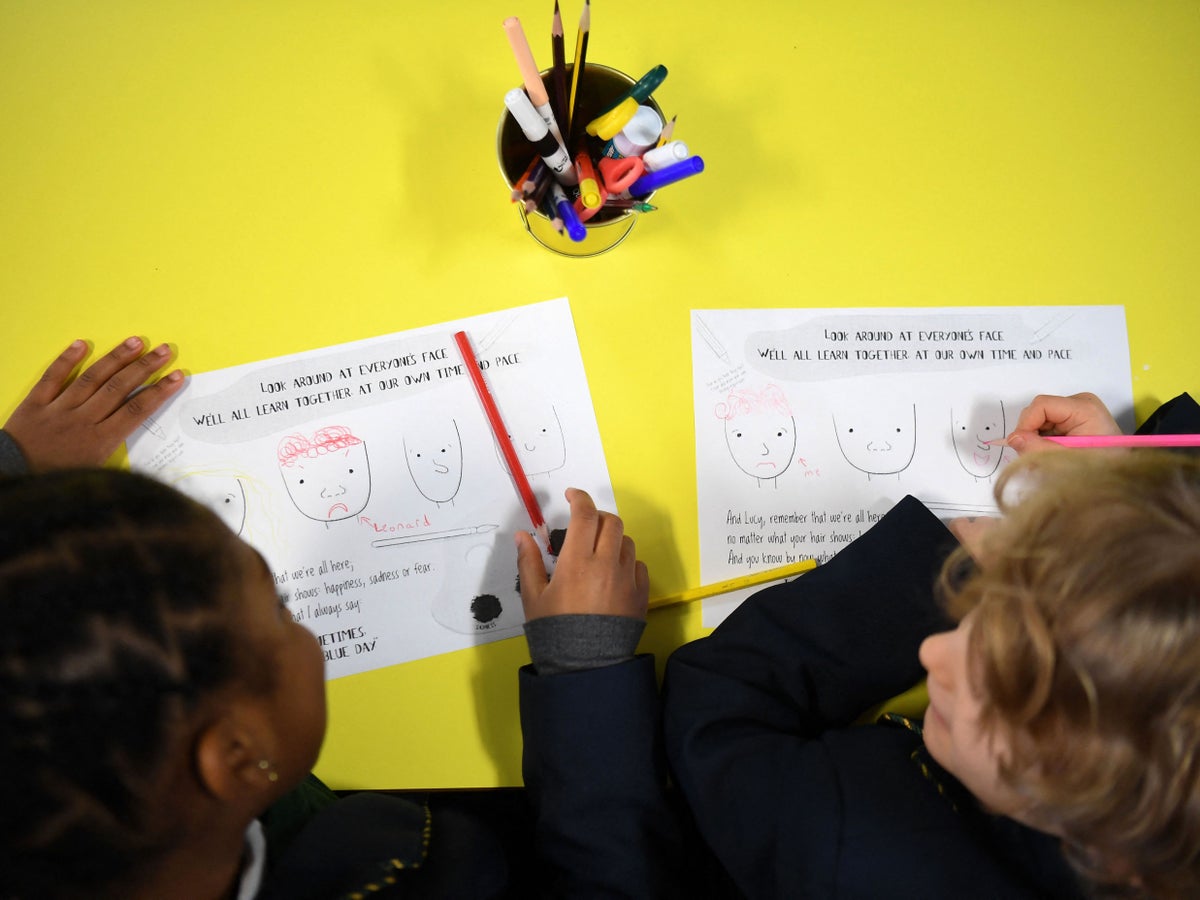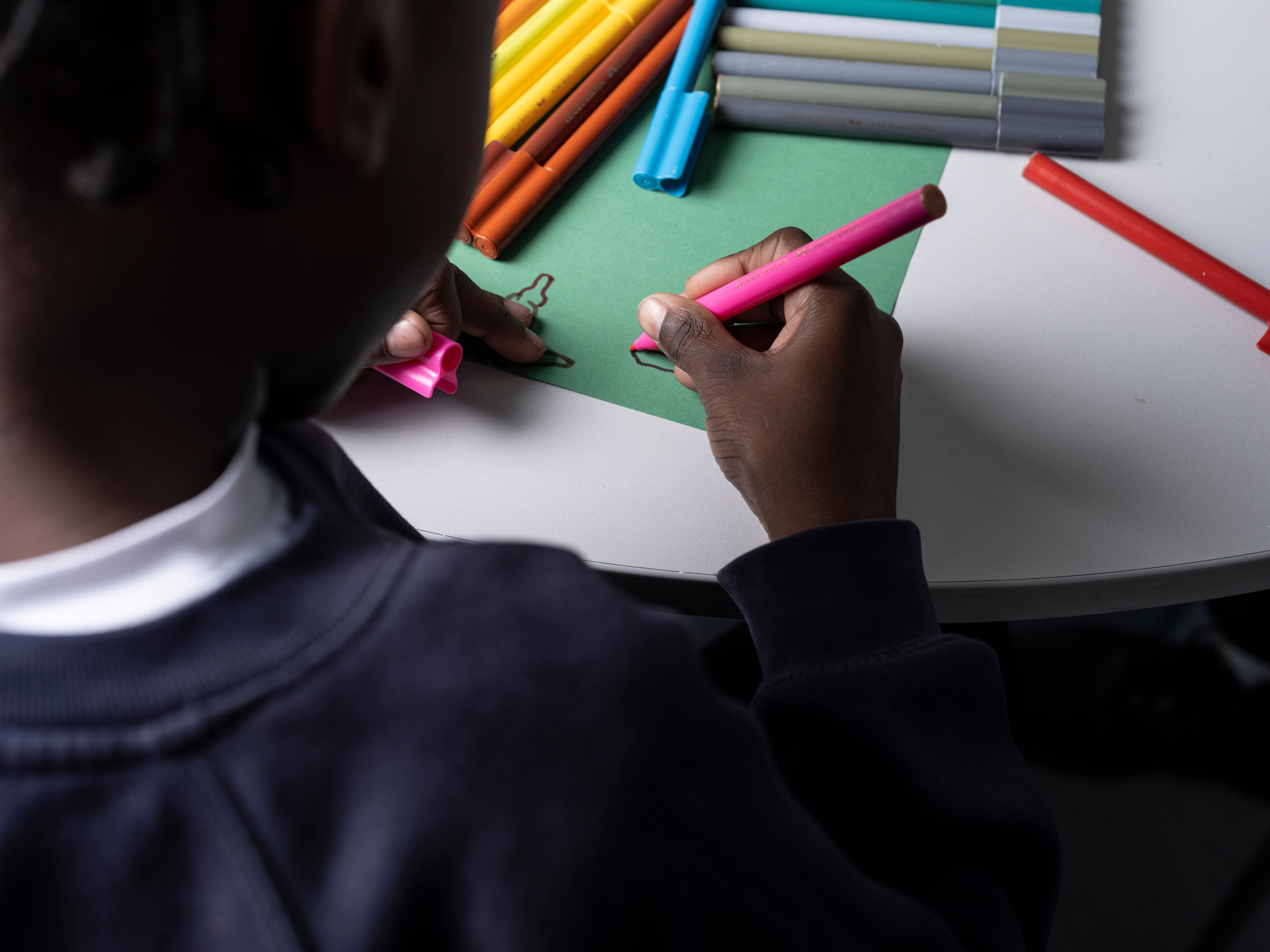
There has been further fall in demand for primary school places in London, as more of the capital’s children secure places at their top choice, according to new figures.
Falling birth rates, pandemic-driven changes in working patterns and Brexit have all been blamed for lessening demand, which councils have warned could impact funding rates.
A report in January warned this could in turn force schools to close or merge, cut staff, and narrow curriculums and extracurricular opportunities.
Across the capital, 87,277 pupils applied for a primary school place in autumn – a 2.67 per cent decrease from the previous year.
While London Councils figures showed a slight growth in the proportion of primary school pupils receiving an offer from their first preference – at 88.5 per cent, up from 87.9 per cent last year – there were stark disparities across different parts of the capital.
With offers due to be sent out by email on Monday evening, Kensington and Chelsea have the lowest proportion of children getting their top choice at 70.5 per cent. In Camden, just over four in five pupils secured their first preference, as did 83.5 per cent in Islington.
The City of London had the highest proportion of first preferences at 95.8 per cent, followed by Barking and Dagenham where 95.5 per cent secured their preferred school.
“Challenges such as falling birth rates and family migration from London have led to a continued decrease in demand for school places and resulted in a reduction in total applications this year,” said Jane McSherry, of the Pan-London Admissions Board, which has overall responsibility for co-ordinating school admissions.

“Boroughs are supporting schools to deal with this challenge, meet the needs of our youngest residents and ensure school places continue to be available where there is demand.”
London’s birth rate is cited as the main reason for the decrease in demand, having dropped 17 per cent between 2012 and 2021. Boroughs are also experiencing shifts in their local child population as a result of families leaving London during the Covid-19 pandemic and following Brexit, London Councils said.
As a result, reception pupil numbers are expected to fall 7.6 per cent by the 2026-27 school year, equating to the loss of 243 classes of children, according to January’s report.
The new figures mark three consecutive years of decreasing demand, including a 6.7 per cent fall two years ago.
As the majority of school revenue funding is allocated on a per pupil basis, councils have warned that the reduction in demand has the potential to impact schools’ funding.
“Schools are having to make very difficult decisions about how to balance budgets as a result of this drop in school places and local authorities will support them through this process,” said London Councils’ executive member for children and young people, Ian Edwards.

He has vowed to work closely with the government and “key education partners” to mitigate the impact of the drop in demand and “establish an effective framework to meet this challenge going forwards”.
Mr Edwards added: “London still has the best-performing schools in the country and it is vital we ensure our schools thrive in this difficult climate and most importantly, that children achieve the best outcomes.”
A larger proportion of children have been given their first choice since the creation of the Pan-London Admissions Board in 2011, which aimed to simplify the application process and make it fairer.
A Department for Education spokesperson said: “Today, thousands of families across the country will find out which school their child will join in September, and the majority will have received their first choice of primary school.
“In 2022, 92.2 per cent of families were offered their first-choice primary school and 98.1 per cent received offers from one of their top three choices.
“We have created almost 1.2 million places since 2010, the largest increase in school capacity in at least two generations, and work closely with local authorities to make sure they offer a school place to every child in country and support the long-term viability of their schools.”
Additional reporting by PA







